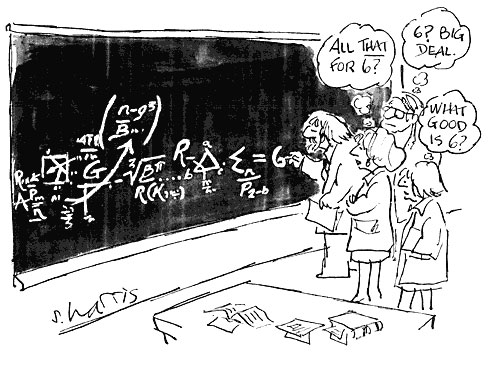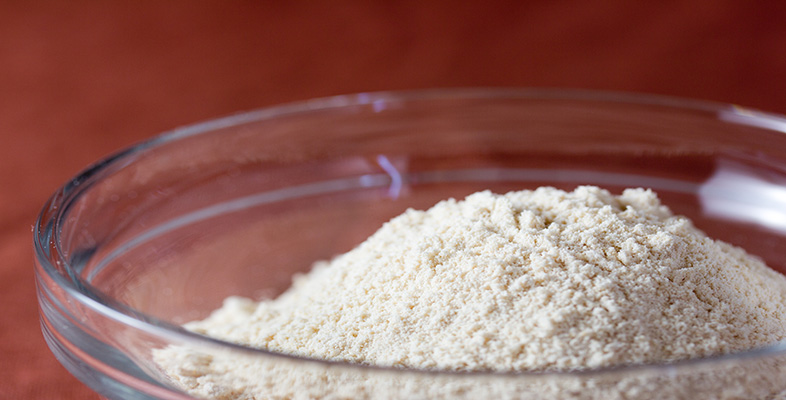1.5 Significant figures
Sometimes it doesn’t make sense to round to a specific number of decimal places. If, say, you were calculating the cost of fencing at £10.65 per metre, for a garden boundary, the length of which had been given to you as 185 feet, then you would want to multiply 10.65 × 185 × 0.3048. (Conversion of feet to metres was given in Example 2.) To do the calculation quickly, you might round this to 10 × 200 × 0.3 = 600 and thus estimate the cost as about £600. (You might use this figure as a check on the exact calculation, done on a calculator.)

What has been done is round each of 10.65, 185, 0.3048 to one significant figure. (We often write ‘s.f.’ for ‘significant figures’.) Thus 10.65 is rounded to 10 (the 1 is the significant figure); 185 has been rounded to 200 (the 2 is the significant figure); and 0.3048 has been rounded to 0.3 (the 3 is the significant figure). All of these numbers contained zeros, but they were not deemed significant so far as the accuracy of the estimation was concerned. In the £600 answer, only the 6 is significant. You would expect the answer to be about six hundreds but not zero tens and zero units.
The first non zero digit (from the left) in a number is the first significant figure. To round to a given number of significant figures, first count from the first significant digit to the number required (including zeros). If the next digit is 5, 6, 7, 8 or 9 round up, otherwise round down.
So that your readers know how a number has been rounded, it is important to state the number of significant figures.
For example, if you round 475 to 1 significant figure, you can write 475 = 500 (to 1 s.f.).
When a number is rounded, the number of significant figures is known as the precision of the number.
Example 3
A particular mobile phone allows you to check the free space available in the memory. Suppose the display shows 2354 856 bytes. Express this available memory space correct to:
(a) One significant figure (1 s.f.), which might be appropriate if comparing it to another phone.
(b) Two significant figures (2 s.f.), which might be appropriate if working out if there is enough memory for a large picture file.
Answer
(a) One significant figure: the first digit (from the left) is the 2. The next significant digit is the 3, and since this is less than 5 round down. Thus the available memory space in the phone is about 2000 000 bytes (to 1 s.f.).
(b) Two significant figures: the third significant digit is the 5, so round up. Thus the available memory space in the phone is about 2400 000 bytes (to 2 s.f.).
